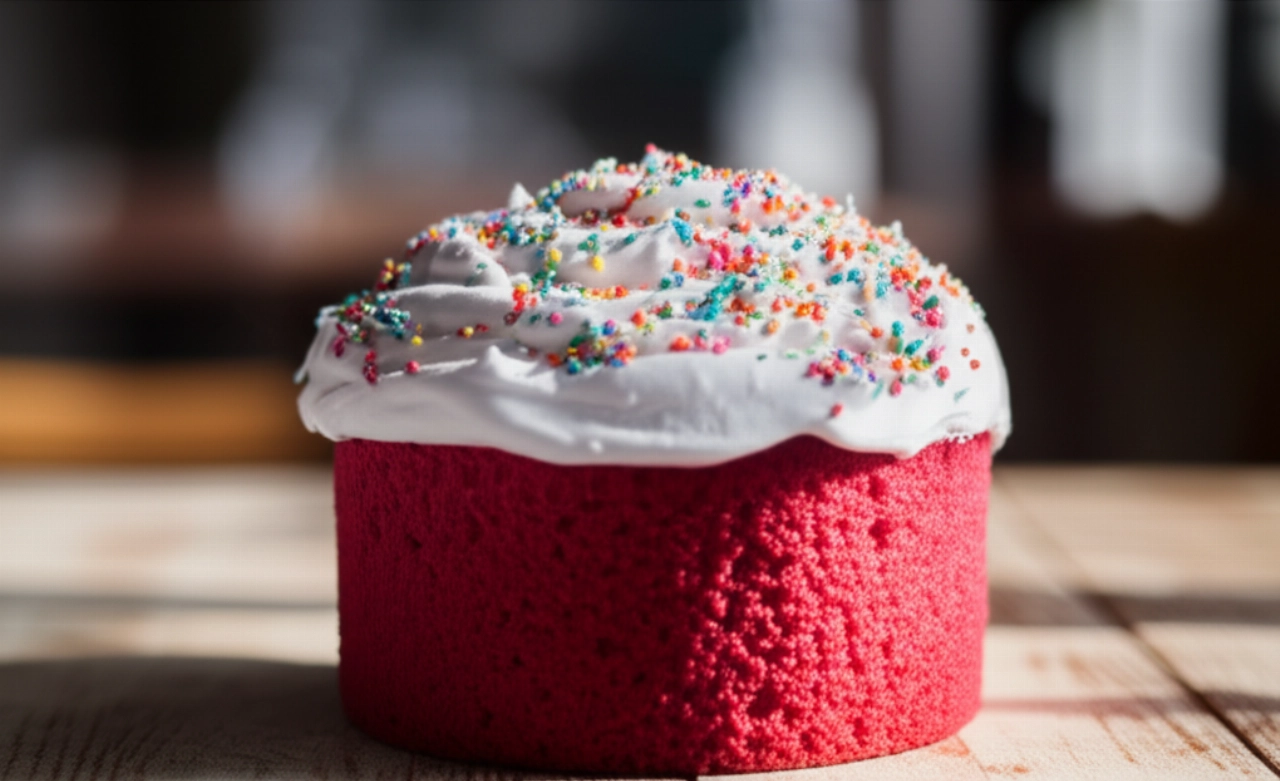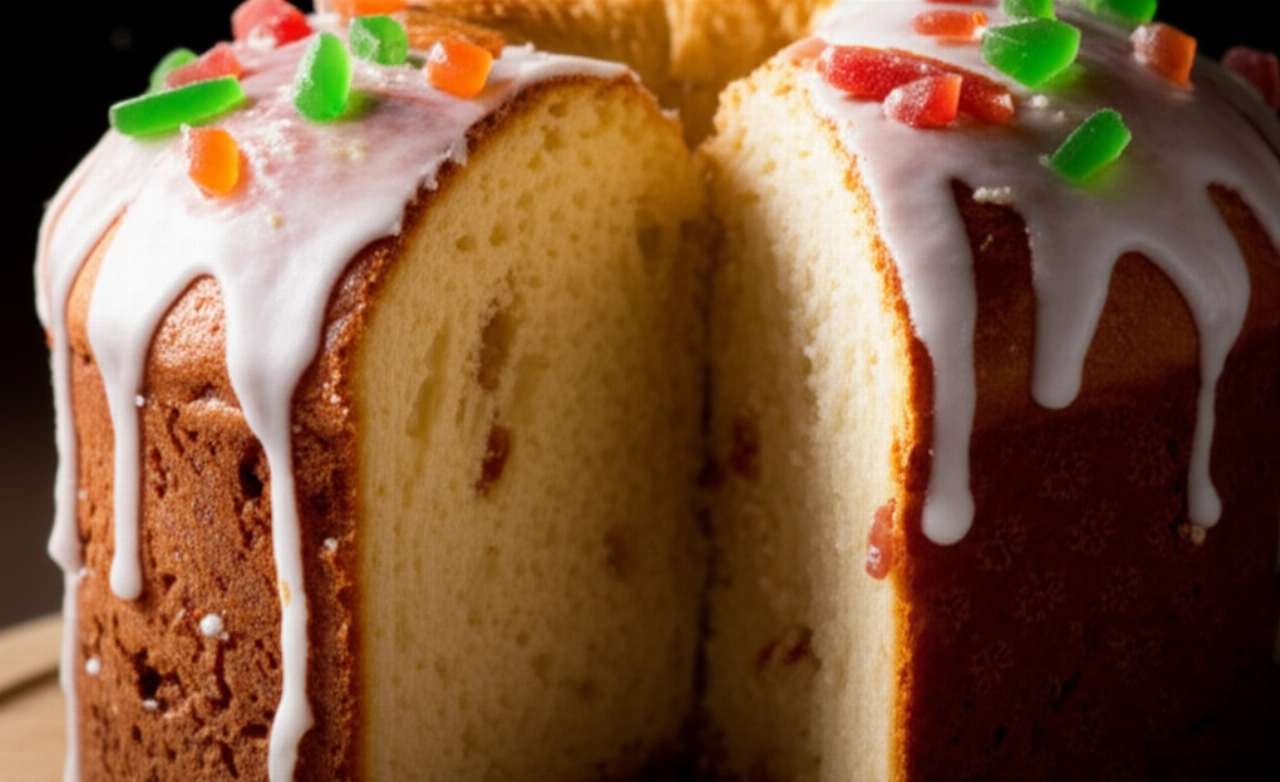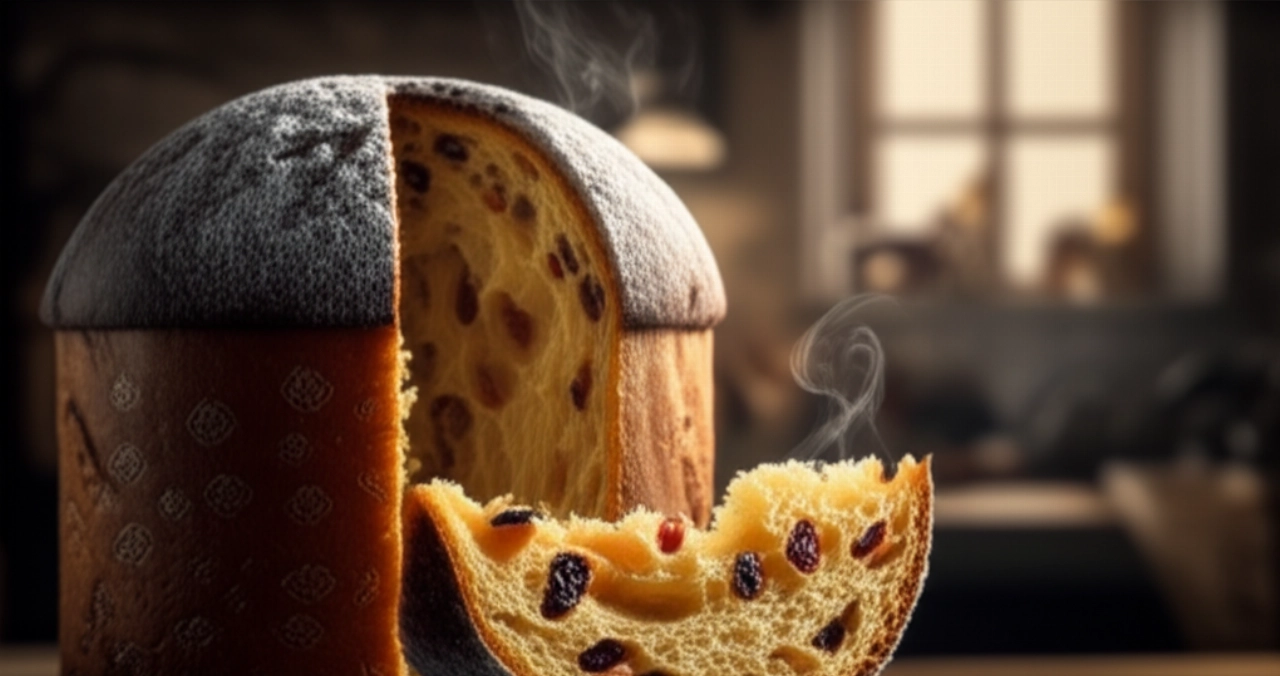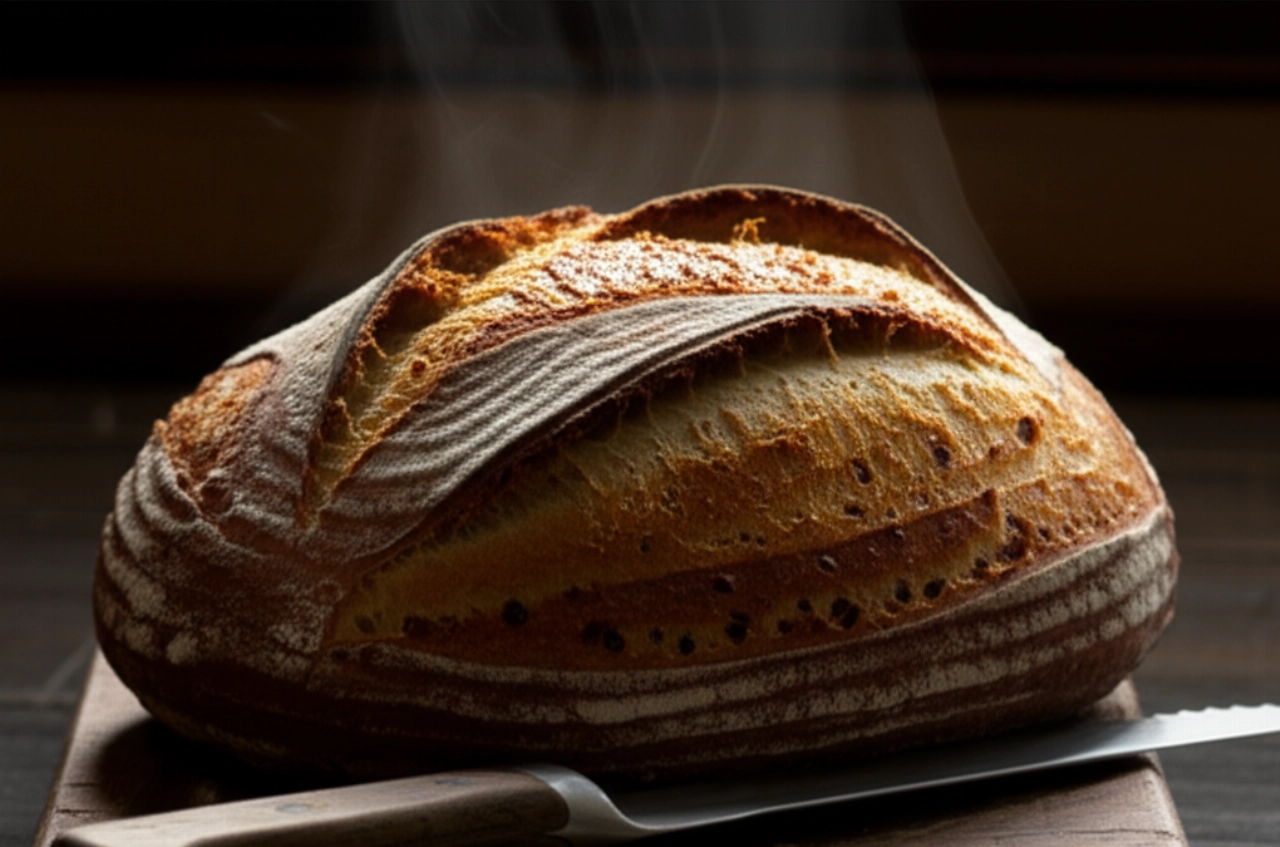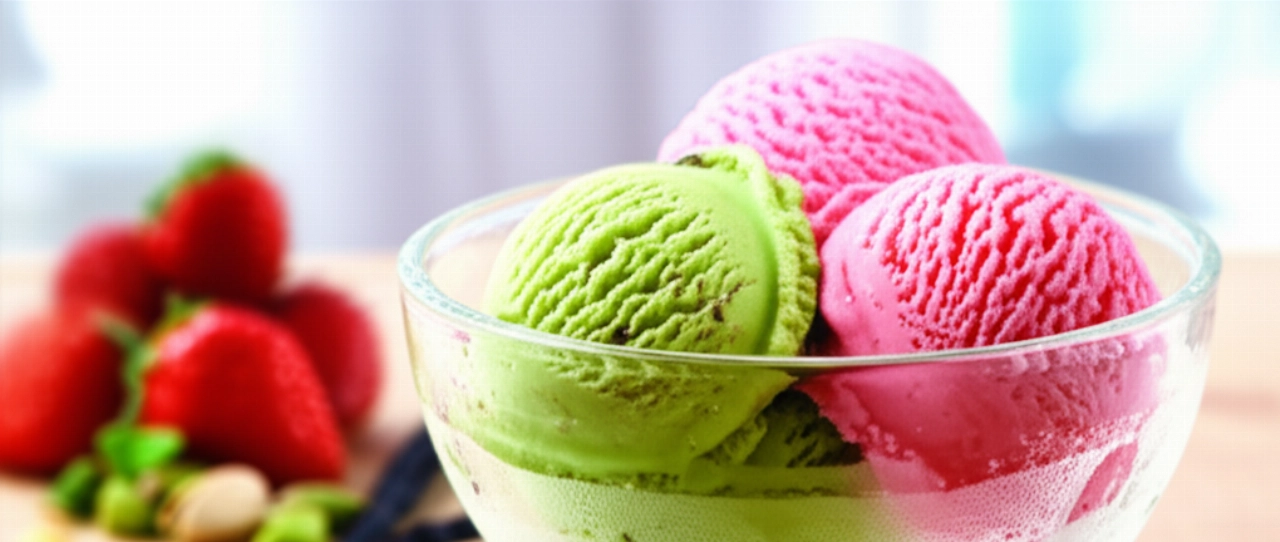Do you dream of bringing a homemade Easter Colomba to your table, one that smells of butter, citrus, and tradition, and is so soft it melts in your mouth? That Colomba that, as soon as it's sliced, fills the house with an unmistakable aroma and makes you feel the true spirit of Easter?
But does the idea of tackling such an important leavened cake scare you? Are you afraid it won't rise as it should, that it will remain dry, or that the result won't meet expectations? Finding the right recipe, one that guides you without leaving you in doubt, seems almost impossible.
Take a deep breath and smile. Make yourself comfortable. On this page, you won't just find a list of ingredients, but your personal, step-by-step guide, full of tricks and tips, to create an impeccable Easter Colomba. I promise you that success is within reach, even if it's your first time with large leavened cakes. Your Colomba will be incredibly soft and have an enveloping aroma, guaranteed!
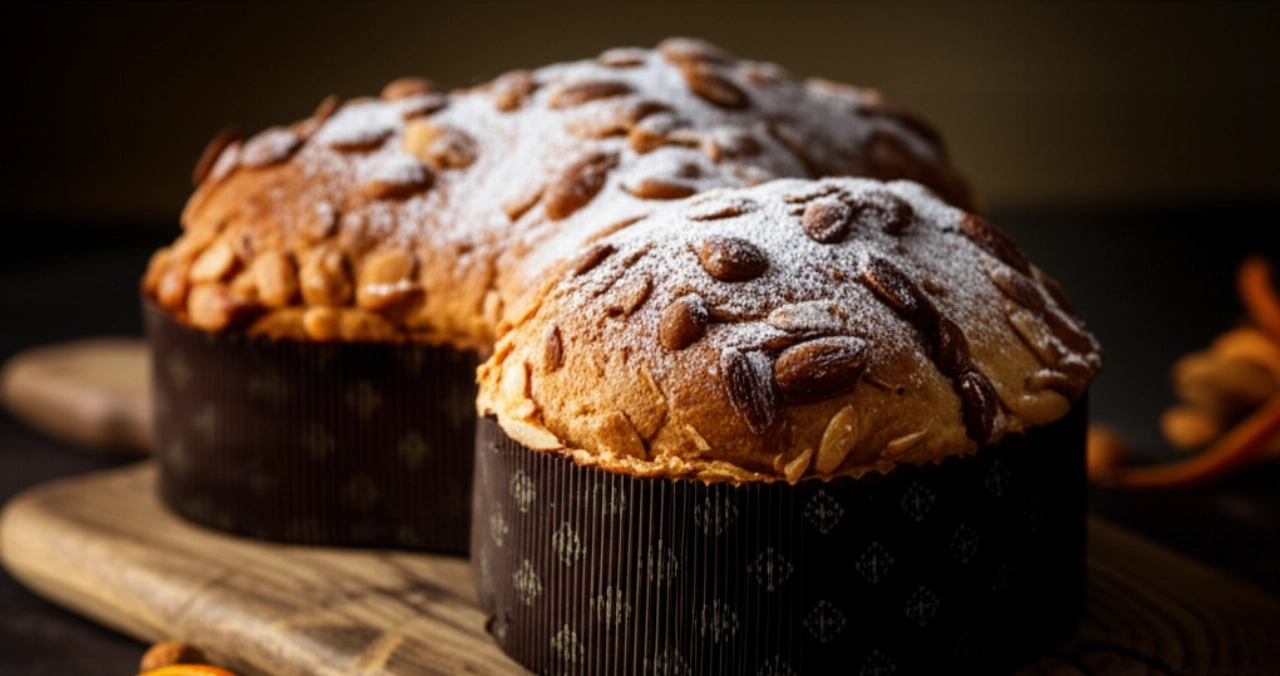
Smart Ingredients: The Choice That Makes a Difference for Your Perfect Colomba
It's not just a list; it's a reasoned selection. Every ingredient plays a fundamental role in the success of your Colomba. Choosing well means starting on the right foot!
- Flour: Use a strong flour (Manitoba or a flour with W between 300 and 350). Its "strength" supports the long leavening and gives the elastic and airy structure we're looking for. Do not use weak flours, otherwise your Colomba will not rise properly.
- Fresh Brewer's Yeast: Dose it carefully. Colomba is a cake that requires patience, not haste. Fresh, active yeast is the basis for a slow and perfect leavening, which develops complex aromas.
- High-Quality Butter: At room temperature, soft but not melted. It is the protagonist of the unmistakable softness and aroma. Do not skimp on quality and do not substitute it with margarine: the result would not be the same.
- Eggs (Yolks Only): We will only use the yolks for greater richness, an intense golden color, and a softer consistency. We will use the egg whites for the glaze, so nothing goes to waste and you'll have a perfect glaze!
- Sugar: Granulated, to sweeten and aid leavening.
- Honey: A teaspoon of honey (acacia or wildflower) in the dough not only nourishes the yeast but also gives extra softness and shelf life. A small secret that makes a big difference.
- Salt: A pinch is essential to balance flavors and strengthen the gluten network.
- Candied Fruit and Zest: High-quality candied orange and citron, or fresh grated organic orange zest. Avoid dry and tasteless ones, they would ruin the final aroma. You can also add raisins, if you like.
- Almonds and Pearl Sugar: For the final glaze, which will give crunchiness and an irresistible appearance.
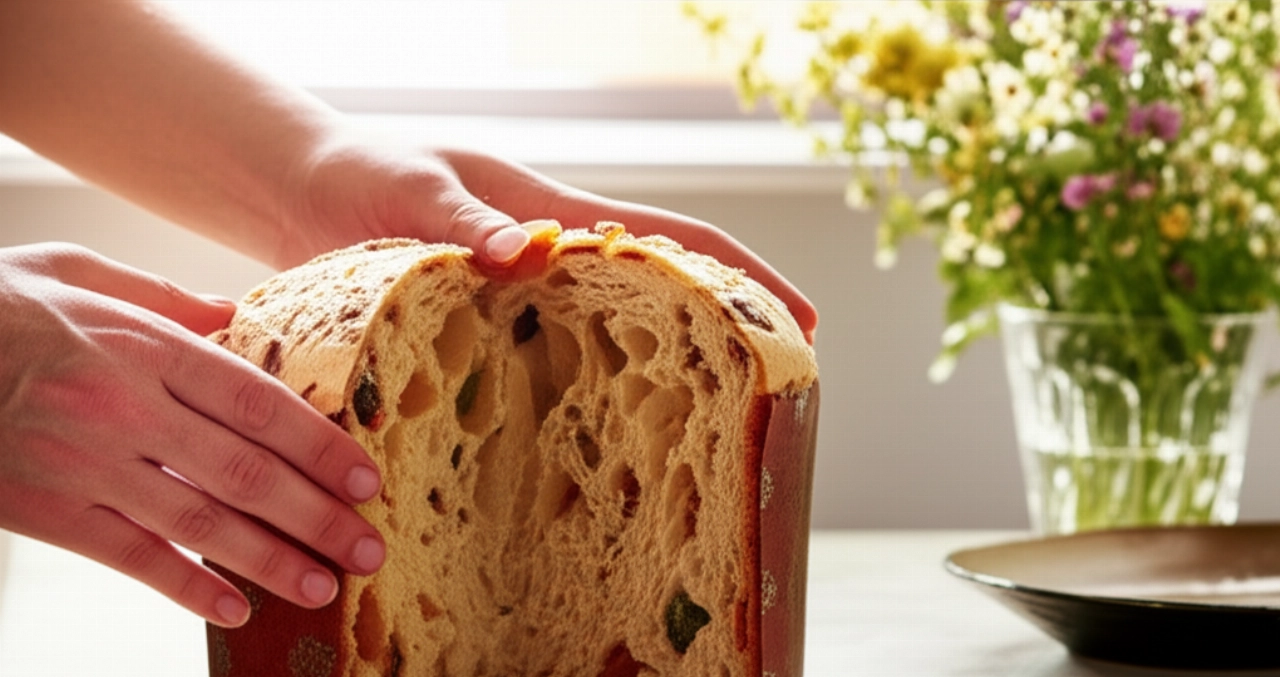
3 Common Mistakes That Can "Ruin" Your Colomba (and How to Avoid Them)
To be forewarned is to be forearmed! Knowing the pitfalls will allow you to avoid them and confidently navigate towards success.
- Not Respecting Leavening Times: Haste is the Enemy of Colomba.
Each leavening phase has its own time. Do not try to speed up the processes by excessively increasing the amount of yeast or the temperature. A slow and controlled leavening better develops the aromas and structure of the cake. If the dough doesn't double, wait. Patience is your best friend. - Poor Dough Kneading: Developing the Gluten is Crucial.
The Colomba dough must be kneaded for a long time until it becomes smooth, elastic, and "incordato" (well-developed gluten). This means that by taking a small piece, you can stretch it to form a thin veil without tearing. If the dough is sticky or breaks, it means it's not ready yet. Continue kneading, perhaps with a stand mixer, until you reach the perfect consistency. - Not Controlling the Temperature: Of the Environment and the Oven.
The ambient temperature for leavening (ideally 26-28°C) is fundamental. An environment that is too cold slows down or blocks leavening, while one that is too hot accelerates it too much, compromising the structure. Similarly, the oven temperature must be precise and constant. An oven that is too hot burns the outside and leaves the inside raw, while one that is too cold does not allow for good baking. Use an oven thermometer!
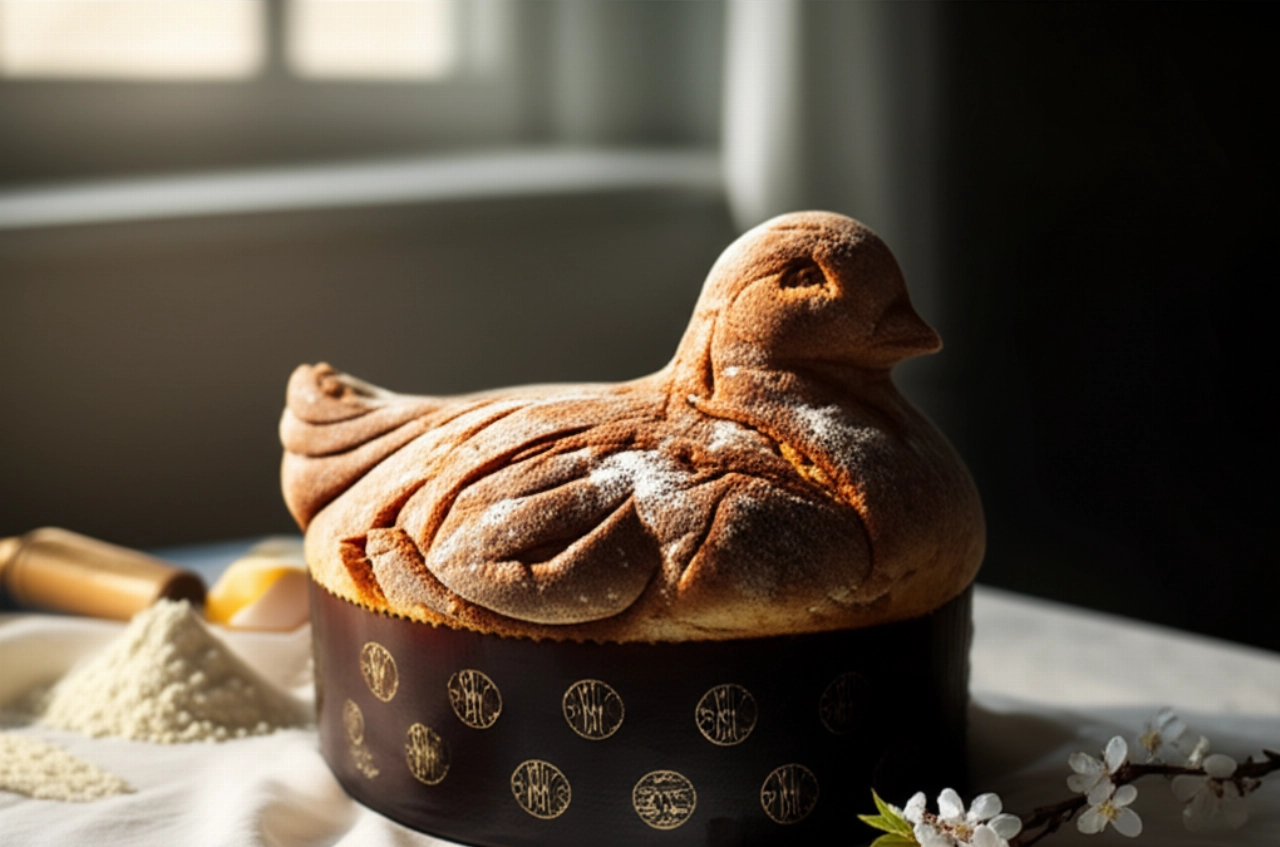
Grandma's Secret: That Extra Touch for an Unforgettable Colomba
My grandmother, with floury hands and a smile on her lips, always told me that Colomba "feels" the love with which you knead it. And she was right! But besides love, there was a practical trick she passed down to me that I want to share with you.
Besides the teaspoon of honey in the dough (which I've already revealed to you!), her secret was in the management of candied fruit. She never added them at the beginning, but only when the dough was already well-developed and almost ready for the first rise. And before adding them, she lightly floured them with a bit of flour taken from the dough itself. This small gesture prevents the candied fruit from sinking to the bottom during leavening and baking, ensuring an even distribution in every slice. A true master's touch that few know!
Let's Prepare Your Easter Colomba Together: The Step-by-Step Guide for Guaranteed Success
Now that we have all the secrets, let's get to work! Follow each step carefully, and you'll see the magic happen.
First Dough (Previous Evening)
- Prepare the Biga (Starter): In a small bowl, dissolve 10g of fresh brewer's yeast in 50ml of lukewarm water with a teaspoon of honey. Add 100g of strong flour and mix until you get a smooth batter. Cover with plastic wrap and let it rise in a warm place (about 26-28°C) for about 1 hour, or until it doubles in volume and forms bubbles.
- Start the Dough: In the bowl of a stand mixer (or on a pastry board if kneading by hand), put 300g of strong flour, 100g of sugar, and the biga. Start kneading with the hook attachment (or with your hands) gradually adding 100ml of lukewarm water.
- Add the Yolks: When the dough starts to come together, incorporate 3 egg yolks, one at a time, waiting for the previous one to be completely absorbed before adding the next. Work until you get a smooth and elastic dough.
- Incorporate the Butter: Add 50g of soft butter, a small piece at a time, kneading until it is completely absorbed and the dough is well-developed (it should detach from the sides of the bowl and form a thin veil).
- First Rise: Transfer the dough to a buttered bowl, cover with plastic wrap, and let it rise in a warm place overnight (or at least 10-12 hours), until it triples in volume.
Second Dough (Following Morning)
- Resume the Dough: Gently deflate the risen dough and transfer it to the stand mixer bowl.
- Add Remaining Ingredients: Add 200g of strong flour, 100g of sugar, 2 yolks, a pinch of salt, and 30ml of lukewarm water. Knead until all ingredients are well combined and the dough is again well-developed.
- Incorporate the Final Butter: Add gradually the remaining 100g of soft butter, a small piece at a time, kneading until it is completely absorbed and the dough is smooth, elastic, and shiny.
- Add Candied Fruit and Aromas: Only now, gently incorporate the 150g of candied fruit (previously lightly floured) and grated orange zest. Work the dough only long enough to distribute them uniformly.
Shaping and Second Rise
- Shape the Colomba: Divide the dough into two parts: a larger one for the body and a smaller one for the wings. Roll each part to form logs. Place the larger log in the Colomba mold (750g or 1kg, depending on the size you prefer) to form the body, and the two smaller logs crosswise for the wings.
- Second Rise: Cover the mold with a damp cloth or plastic wrap and let it rise in a warm place (26-28°C) for another 3-4 hours, or until the dough almost reaches the edge of the mold. This is a crucial phase, don't rush!
The Glaze and Baking
- Prepare the Glaze: While the Colomba is rising for the last time, prepare the glaze. In a bowl, mix 2 egg whites (the leftover ones!), 100g of powdered sugar, 50g of almond flour (or finely ground almonds), and a teaspoon of cornstarch. Mix until you get a thick and homogeneous cream.
- Glaze the Colomba: When the Colomba is well-risen, preheat the oven to 180°C (static). Gently spread the glaze over the surface of the Colomba with a spatula. Distribute whole almonds and pearl sugar.
- Baking: Bake the Colomba in the preheated oven. After 10 minutes, lower the temperature to 170°C and continue baking for another 35-45 minutes (for a 1kg Colomba), or until the surface is golden and a skewer inserted into the center comes out clean. If the surface darkens too much, cover it with aluminum foil.
- Cooling: As soon as it comes out of the oven, pierce the base of the Colomba with two knitting needles or long skewers and turn it upside down, hanging it between two chairs or supports. This prevents it from deflating and maintains its softness. Let it cool completely in this position (at least 2-3 hours, or overnight).
Tips and Frequently Asked Questions about Easter Colomba
Here are some of the most common questions you might have, with answers that will help you overcome any doubts.
- Can I use sourdough starter instead of brewer's yeast?
Absolutely! Colomba with sourdough starter is even more fragrant and digestible. The quantities and leavening times will change (you'll need more sourdough starter and longer times), so I recommend consulting a specific sourdough recipe if you don't have experience. - How do I know if the dough is perfectly "incordato" (well-developed)?
The windowpane test is foolproof: take a small piece of dough between your fingers and gently stretch it. If you can form a thin, transparent veil without it tearing, it means the dough is well-developed and the gluten has formed correctly. - My Colomba didn't rise, what did I do wrong?
The most common causes are: old or inactive yeast, ambient temperature too cold during leavening, dough not kneaded enough (not well-developed), or adding too much salt which inhibits the yeast. Always check the yeast's expiration date and make sure the environment is warm. - How can I store homemade Colomba?
Once completely cool, wrap the Colomba in plastic wrap and then place it in a tightly sealed food bag or a tin box. It will stay soft for 4-5 days. - Can I freeze Colomba?
Certainly! You can freeze it whole or already sliced. Wrap it very well in plastic wrap and then in aluminum foil. It can be stored in the freezer for 2-3 months. To thaw it, leave it at room temperature for several hours or overnight.
There you have it! Now you no longer just have a recipe, but all the secrets to create an Easter Colomba that will speak of you, your passion, and the joy of sharing. A cake that tastes of home, tradition, and love, capable of uniting everyone around the table.
Don't fear the challenges; every great leavened cake is an adventure. But with these tips, success is guaranteed. Prepare the coffee, because your Colomba will be the undisputed star of the Easter table, and applause will not be lacking!
Have you prepared your Colomba following our tips? We are eager to see your masterpiece! Leave a comment below, tell us about your experience, or share a photo on Instagram by tagging @CercaRicette.it. And if you love traditional desserts, don't miss our recipe for the Original Neapolitan Pastiera or for the Easter Cookies perfect to accompany coffee!
